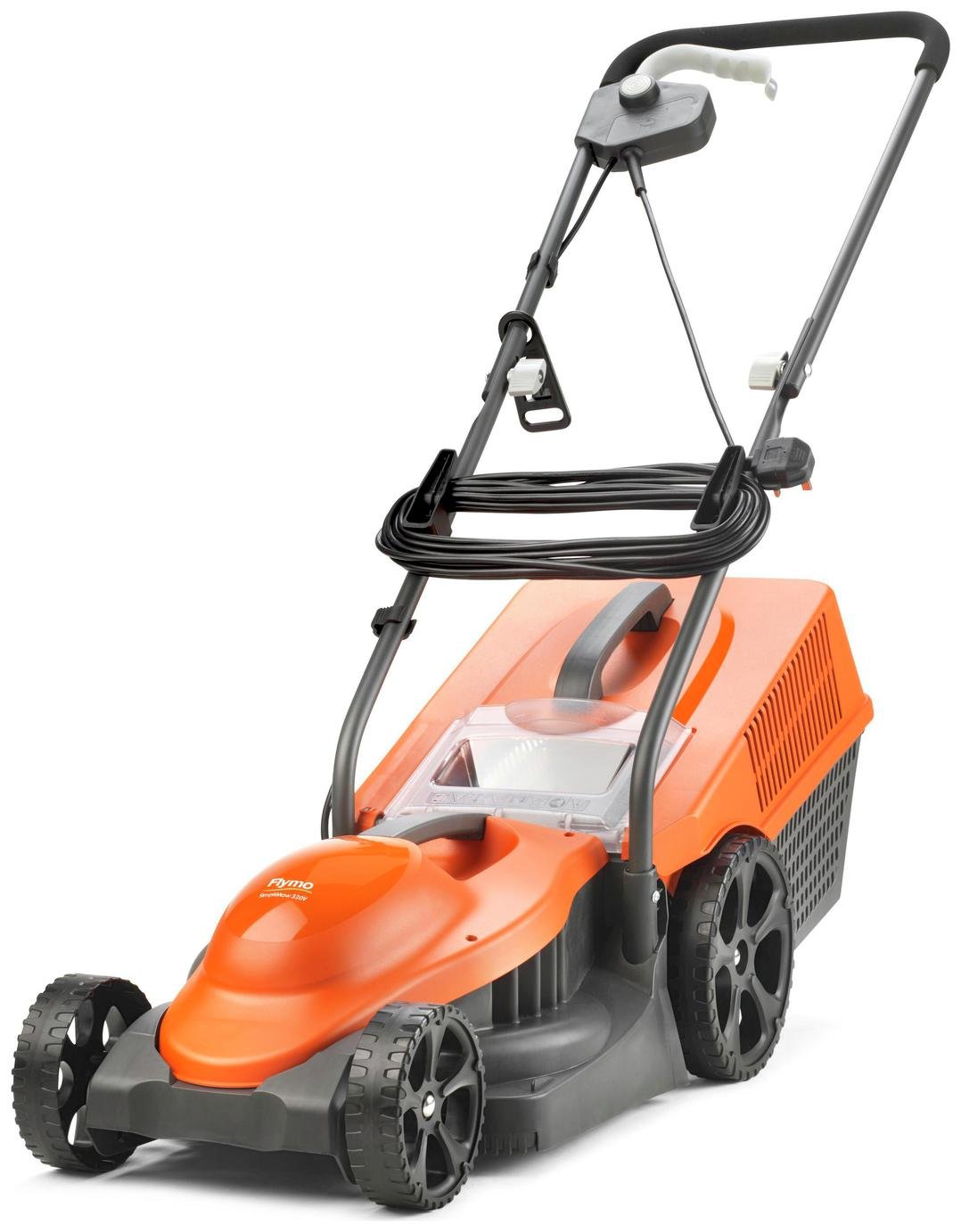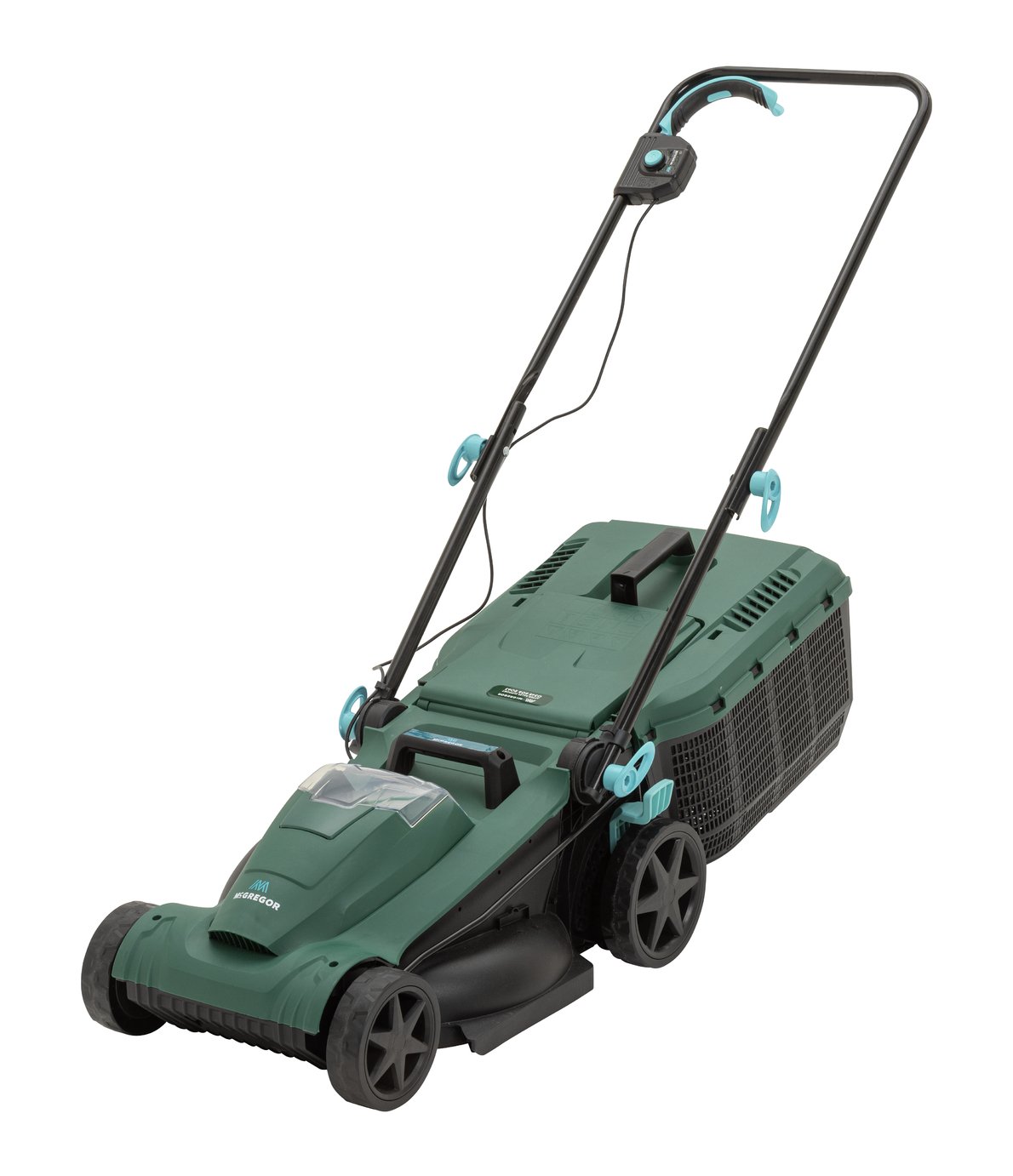When and how to make the first lawn cut of the year according to lawn care experts
Don't damage your grass by making your first lawn cut of the year too early or too short
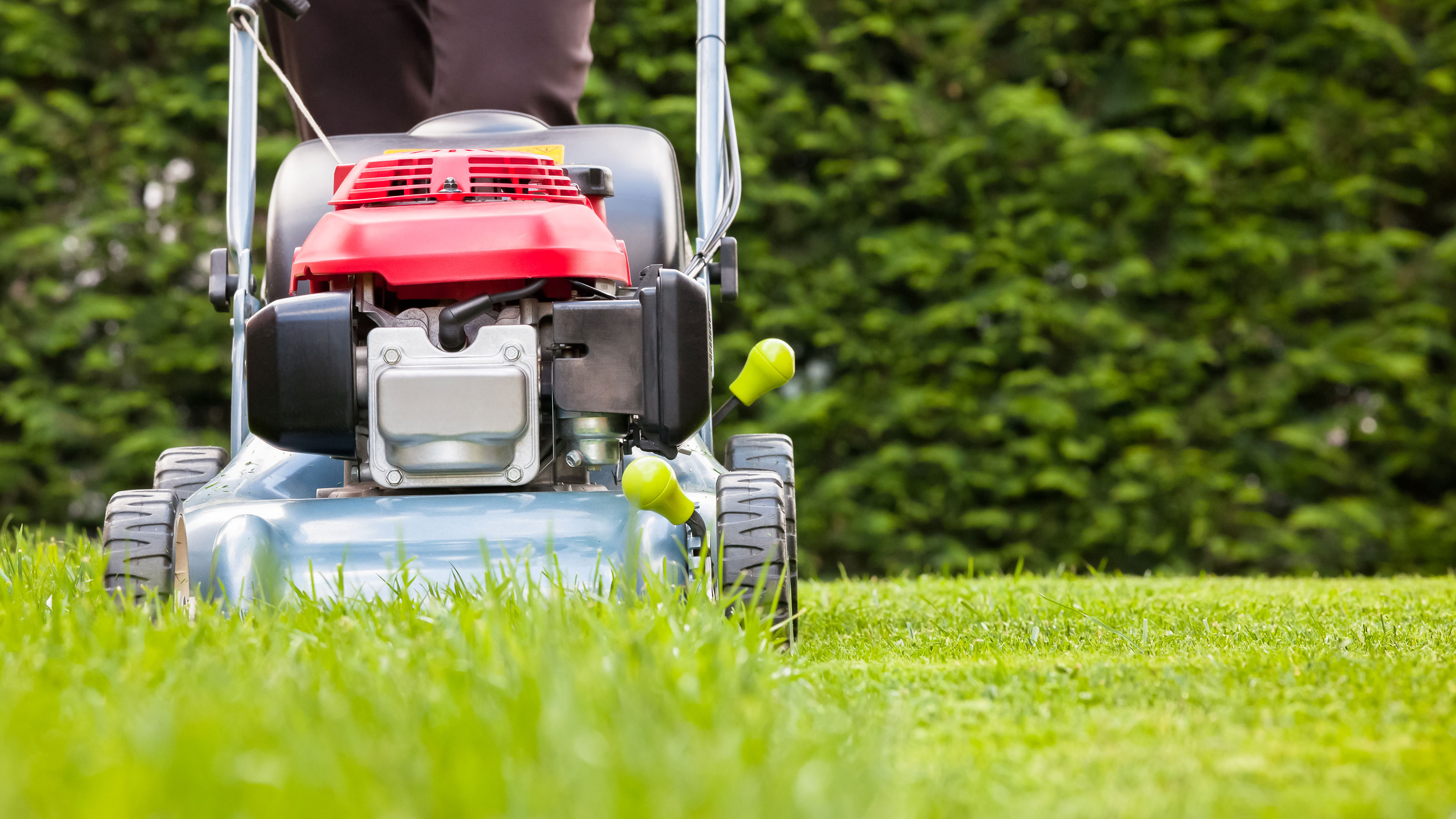
Experts now agree that the first lawn cut of the year should be dictated by the weather forecast rather than by dates on the calendar. Particularly as climate and seasonality are becoming increasingly difficult to predict.
Your lawn won't have needed cutting over winter as the low temperatures meant it was in a dormant state and grass will only start growing again once the weather warms up.
8°C is the minimum temperature that grass needs to grow and mowing before this point can cause damage as it's not ready to regenerate. Other factors can also impact whether it's the best time to mow a lawn as the experts expand on below.
When to make the first cut of the year
"Get out your lawn mower only once the grass has begun to actively grow. Cutting too early can result in damage to the grass blades, which may prevent the lawn from being able to grow back properly," says Ryan Patterson, product specialist at Husqvarna UK.
"Historically, the average time when you should aim to mow your lawn in the UK is around mid-March (when warmer weather is arriving and your grass is starting to show signs of growth)," says Timothy Green, lawn expert at iCANLAWN.com.
However, as with knowing when to lay turf, or the best time to sow grass seed, there are many factors which could see you mow your lawn earlier or later. "There isn't a one-size-fits-all answer to this question," explains David Hedges Gower, the chairman of the Lawn Association.
"Generally, aim to mow your lawn as conditions begin to warm, which could be as early as February in some parts, particularly with warming weather patterns," says David.
Bring your dream home to life with expert advice, how to guides and design inspiration. Sign up for our newsletter and get two free tickets to a Homebuilding & Renovating Show near you.
Where you live will also play a part in finding the perfect time. "If you live in the south of England, the perfect grass-cutting conditions will likely come sooner than in the highlands of Scotland, so be sure to check your local forecast before pulling the mower out of the shed or garage," says Timothy Green.
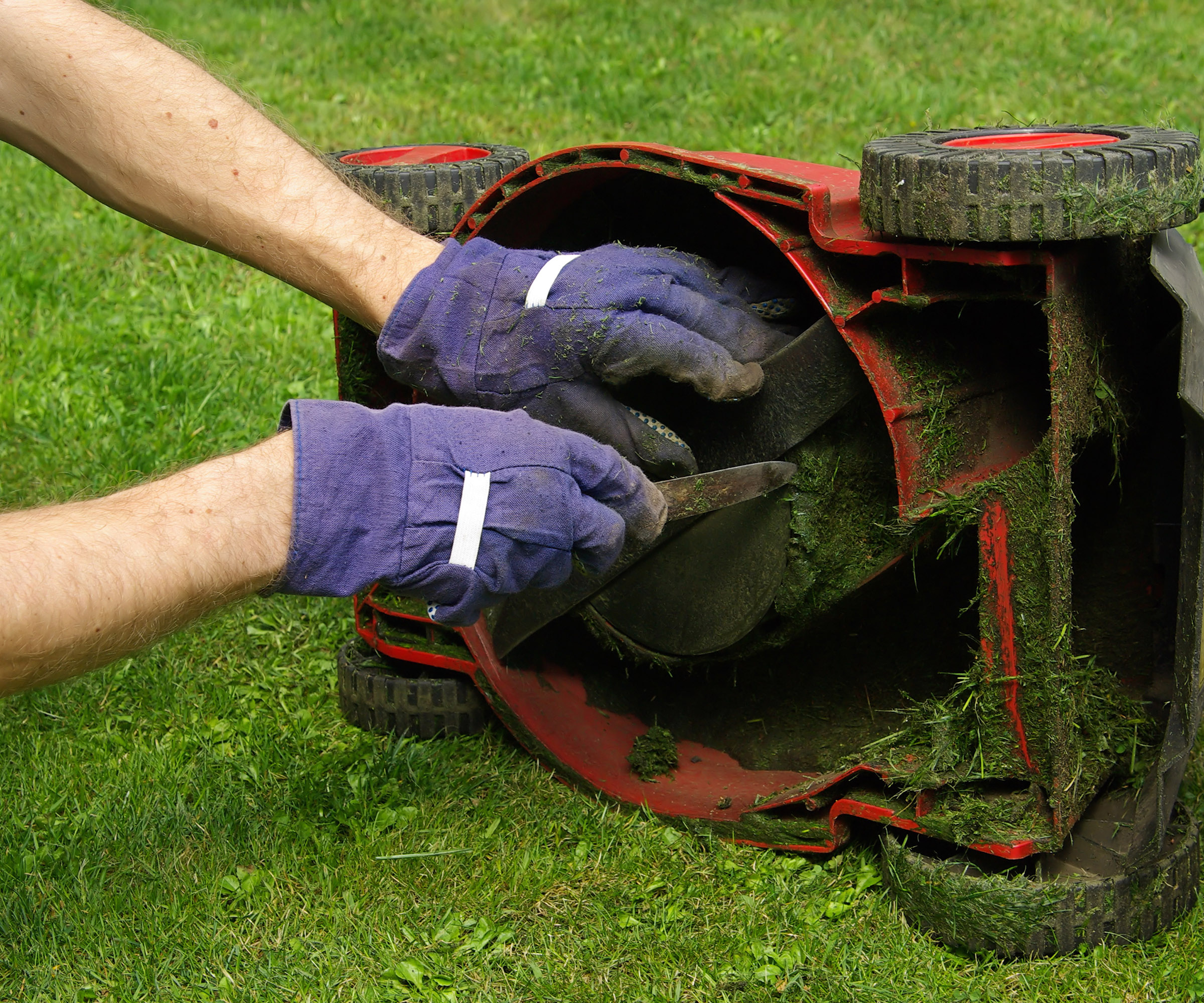
Shop lawn mower deals
Conditions for the first cut of the year
Whilst you should stop cutting your grass when temperatures drop to 5°C Ryan Patterson, product specialist at Husqvarna UK suggests the ideal temperature needs to be around 8°C. However, this may vary depending on grass type. This is the temperature when grass will begin growing again after winter.
"A good rule of thumb is to wait until the grass is between 5 and 7 centimetres in height before you give it the season's first mow. The same rule applies if you're sowing new grass," says Ryan.
Even if temperatures are optimum you should always avoid cutting wet grass. You should also avoid mowing new turf or freshly overseeded lawns before the grass has had time to establish.
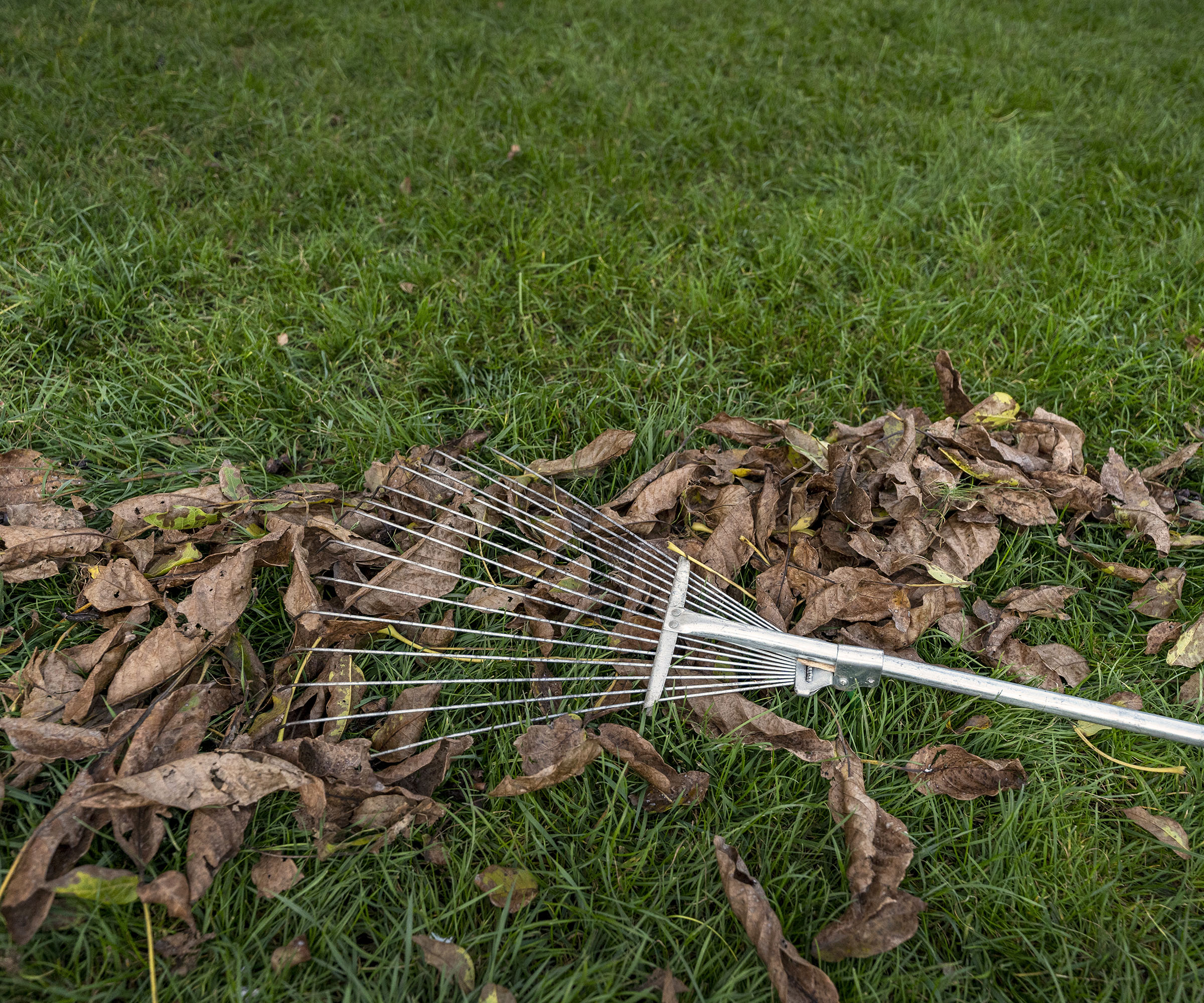

With multi-year experience in product management and marketing in garden, his knowledge and experience spans across all forest and gardening tools including robotic lawn mowers, chainsaws, and a range of smart garden tools for both homeowners and professional users.
How to make the first lawn cut of the year
- Prep your lawn and mower: Even if you're using the best petrol lawn mower, it may need a bit of love after a season in the shed. Ensure blades are clean and sharp and free of debris.
- Give it a light trim only: "Use the 'one-third' rule for the first lawn cut of the year. To do this, you should set your lawnmower to its highest setting for the first cut, then never cut down more than a third of the grass’s total height each time you mow," says Timothy Green.
- Repair patches: Apply some grass seed like Miracle-Gro EverGreen Multi-purpose Grass Seed at Amazon to bare patches and sprinkle with topsoil like Hardys 25L Sandy Loam Lawn Dressing Top Soil at Amazon.
- Gradually decrease the length: "Over time you can cut your grass shorter until you get it to the height you want. But this is best done over several weeks because cutting it too short in one go, especially at the start of the season, will weaken your grass and invite weeds and moss to move in," says Timothy Green.
- Wait some time before your next cut: "Typically, after the first mow in the new season you may not need to mow again until a few weeks have passed. After that, as temperatures warm up, aim for mowing every two weeks, gradually transitioning to a weekly mow as the season progresses," says David Hedges Gower.
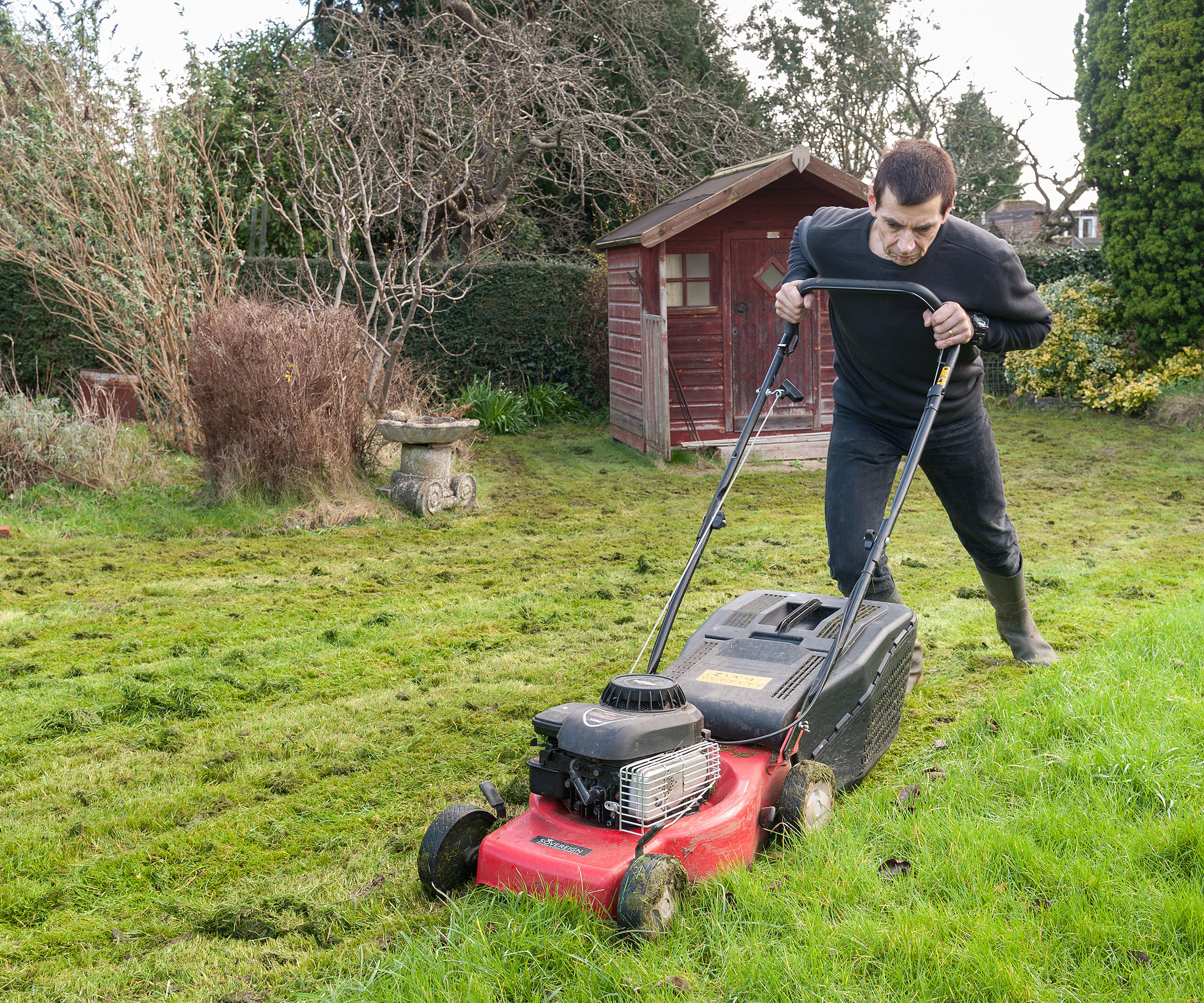

David is one of the UK's leading lawn experts, with over 30 years' experience in the industry. He is chairman of the Lawn Association, an educational platform for homeowners and professionals, and founded the world's first lawn care qualification.
FAQs
How short should I mow my lawn in the spring?
"When first mowing your lawn, avoid cutting more than 20% off the top of your grass at once," say lawncare experts at Flymo. "Grass is a living organism, and lasting damage can occur if it’s cut too short. To achieve the grass height you’d like, it’s better to reduce the cutting height gradually over a few weeks to minimise stress and damage to your lawn."
However, other experts suggest using your common sense and just bearing in mind that you don't want to go too short with the first cut.
"There’s a rule of thumb people quote – I’ve used it myself many times – never cut more than one-third off the current length," says David Hedges Gower. "But this actually comes from the sports turf world and isn’t actually very helpful to gardeners — how often do you want to go around with your ruler before cutting?"
Finally, if you are wondering how to get rid of moss in lawns, you should know that cutting your lawn too short is amongst the possible causes of excessive moss growth.
How often should I cut my grass?
Once that first grass cut of the season has been made, just how often should you aim to mow thereafter?
In order to keep your lawn in the best condition, minimise weeds and encourage denser turf, the RHS say that you should mow either weekly or fortnightly between the months of March and October.
Flymo's experts agree. "By the end of June to early July, you should mow the grass with sharp lawn mower blades once a week to maintain a pristine lawn," they say.
If you are landscaping your garden after a renovation of self build project, take a look at our guide to garden design as well as our landscaping tips.

Teresa was part of a team that launched Easy Gardens in 2018 and worked as the Editor on this magazine. She has extensive experience writing and editing content on gardens and landscaping on brands such as Homes & Gardens, Country Homes & Interiors and Living Etc magazine. She has developed close working relationships with top landscape architects and leading industry experts, and has been exposed to an array of rich content and expertise.
In 2020 Teresa bought her first home. She and her partner worked alongside architects and builders to transform the downstairs area of her two bedroom Victorian house in north London into a usable space for her family. Along the way she learned the stresses, woes and joys of home renovation, and is now looking to her next project, landscaping the back garden.
